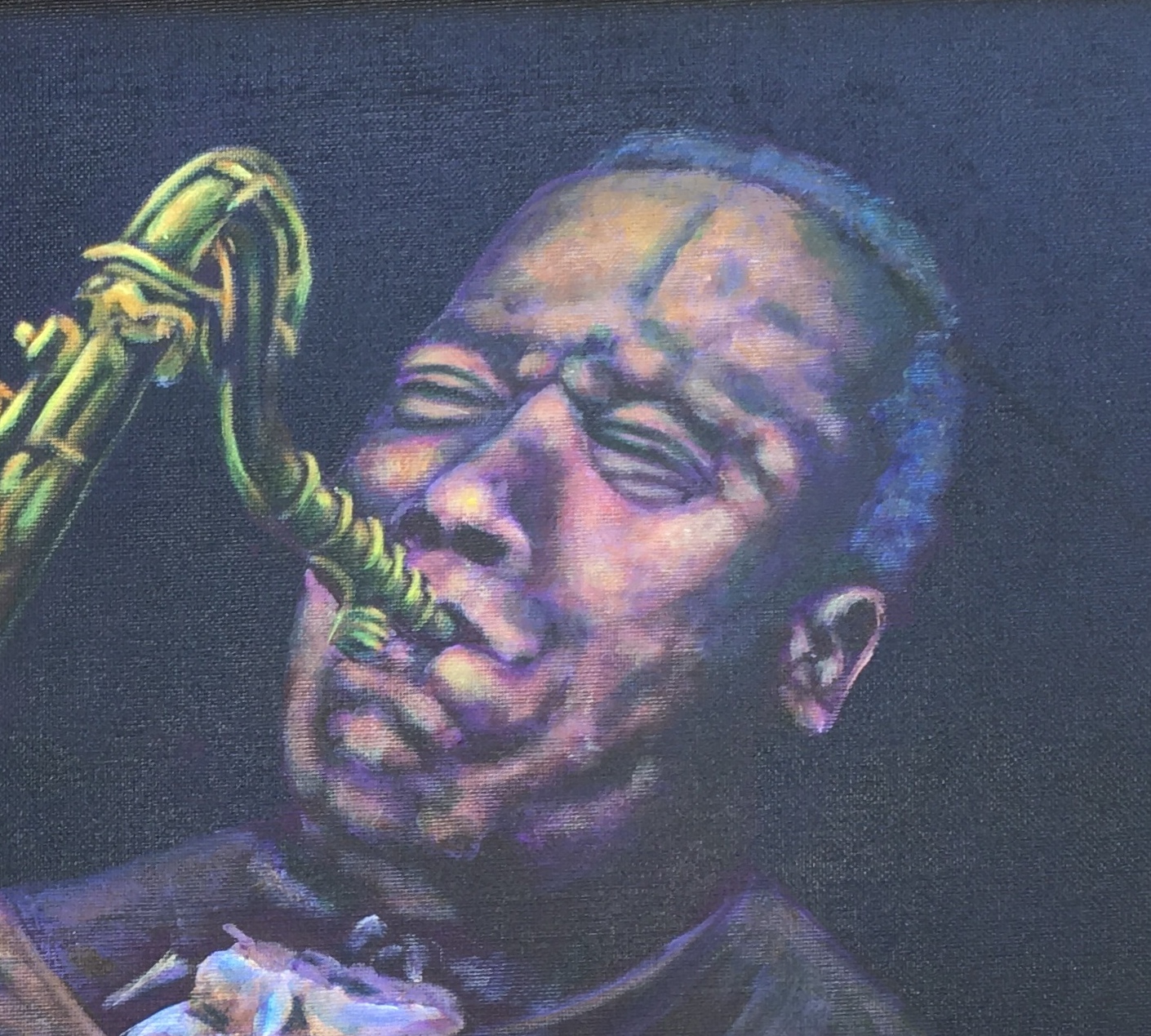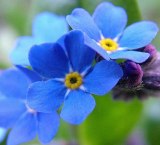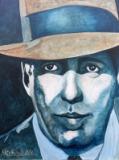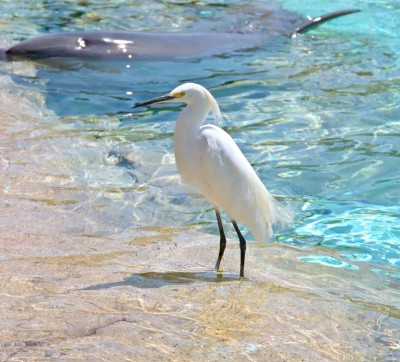Harlem Renaissance
In the early 1920's there was a movement called the "Negro" or "Harlem Renaissance". This resurgence of literature, knowledge, and the arts coming out of New York was powerful.

Robert Hayden was made poet laureate of Senegal in 1966 and ten years later became America's first black poet laureate. Acclaimed as "People's Poet" early in his career, later he was severely criticized for refusing to call himself a "Negro poet," even though he wrote some of the most powerful "black history" poems in the English language. Hayden presented himself as an American poet rather than as a black poet. His greatness is that he was really both, and that his art was a fusion music of the American experience.
Hayden was born Asa Bundy Sheffey in Detroit, Michigan to Ruth and Asa Sheffey, who separated before his birth. He was taken in by a foster family next door, Sue Ellen Westerfield and William Hayden, and grew up in a Detroit ghetto nicknamed "Paradise Valley". The Haydens' perpetually contentious marriage, coupled with Ruth Sheffey’s competition for young Hayden's affections, made for a traumatic childhood. Witnessing fights and suffering beatings, Hayden lived in a house fraught with chronic angers whose effects would stay with the poet throughout his adulthood. On top of that, his severe visual problems prevented him from participating in activities such as sports in which nearly everyone was involved. His childhood traumas resulted in debilitating bouts of depression which he later called "my dark nights of the soul."
Hayden finished high school in 1932 and through a scholarship attended Detroit City College. Post graduation, he worked for the Federal Writer's Project, researching black history and folk culture. In 1941, he enrolled in a master's English Literature program at the University of Michigan, where he studied under W.H. Auden, who would become a guide in the development of his writing.
Meanwhile, in June 1940 Hayden married Erma Inez Morris, a music teacher and concert pianist. She worked as a public school teacher in Detroit, supporting his lifestyle as a struggling artist. Eventually they decided that Hayden should go back to graduate school. Beyond her unflagging support of his dream of becoming a great poet, his marriage to Erma would result in another major influence on his life and work. Soon after they moved to Ann Arbor in 1941, Erma embraced the Bahá'í faith, a new world religion promoting racial harmony, religious reconciliation, and ideal international relations. Hayden, too, joined the Bahá'ís in 1943, while still a graduate student.
After finishing the degree in 1942, he taught for several years at Michigan before transferring to Fisk University; in 1969, he would return to Michigan to complete his teaching career.
Hayden's early reading of Harlem Renaissance poets such as Countee Cullen and Langston Hughes, combined with his study of the English classics, informed the precision and originality of his poetry throughout his life. As William Meredith states: "Robert Hayden was a man as gifted in humanity as he was in poetry. There is scarcely a line of his which is not identifiable as an experience of black America, but he would not relinquish the title of American writer for any narrower identity." Whether exploring an extended metaphor as in "The Diver" or drawing on the biography of Phyllis Wheatley, Hayden's poetry remains a distinct contribution to our literature.
Hayden's work has been called 'technically gifted and conceptually expansive.' His first book of poems, Heart-Shape in the Dust was published in 1940. It was followed by an unpublished second collection, then by The Lion and the Archer (1948), and The Lion and the Archer, Figures of Time: Poems (1955). His work was internationally recognized in the 60s and A Ballad of Remembrance won the grand prize for poetry at the First World Festival of Negro Arts in Daker, 1966. Selected Poems was published in 1966, and followed by Words in the Mourning Time (1970), Night-Blooming Cereus (1972), and Angle of Ascent (1975). In 1976, he became the first black American to be appointed 'Consultant in Poetry to the Library of Congress'; this position was later called the Poet Laureate.
Hayden’s work often addressed the plight of African Americans, usually using his former home of Paradise Valley slum as a backdrop, as he does in the poem Heart-Shape in the Dust. Hayden’s work made ready use of black vernacular and folk speech. Hayden wrote political poetry as well, including a sequence on the Vietnam War.
On the first poem of the sequence, he said, “I was trying to convey the idea that the horrors of the war became a kind of presence, and they were with you in the most personal and intimate activity, having your meals and so on. Everything was touched by the horror and the brutality and criminality of war. I feel that's one of the best of the poems.”
Hayden's tenure as America's poet laureate coincided with America's bicentennial. In effect, this made Hayden America's bicentennial poet laureate. As a voice of America on this historic occasion, Hayden published American Journal in 1978; it was nominated for the National Book Award. His vision of America would also be his final revision: dying of cancer, Hayden delivered an expanded version of American Journal (published in 1982) to his publisher in person.
Don't miss a single page. Find everything you need on our complete sitemap directory.
Listen or read the top speeches from African Americans. Read more
Read about the great African Americans who fought in wars. Read more
African Americans invented many of the things we use today. Read more
Thin jazz, think art, think of great actors and find them here. Read more
Follow the history of Black Americans from slave ships to the presidency. Read more
Olympic winners, MVPS of every sport, and people who broke the color barrier. Read more
These men and women risked and sometimes lost their life to fight for the cause. Read more
Meet the people who worked to change the system from the inside. Read more

Visit my RedBubble page and use Michael Arnold Art to create greeting cards, T-shirts, mugs, and more.

The variety and impressive numbers of mammals, birds and marine wildlife in Alaska draw visitors from all over the world. For some travelers, Alaska is wilderness, at least compared to what they may know from back home. The pristine wilderness of Alaska is, perhaps, the last vestige of thriving populations of North American wildlife. Where else can you see polar bears, bald eagles, blue and humpbacked whales, gray wolves, grizzly bears, orcas, lynx, moose, and hundreds of other rare and endangered species in their original and undisturbed natural habitats?

Enjoy our website filled with original signed acrylic paintings by award winning Artist Michael Arnold. Located in Citrus County Florida, Michael Arnold is a the editor at the Citrus County Chronicle. When he's not busy being an editor, he is an avid artist who enjoys painting in a variety of styles. We hope you take the time to click on each image to see a larger view and to learn what the artist, Michael Arnold has to say about his paintings.

As dog owners and people who care deeply for animals and wildlife, we wanted our Dog Encyclopedia to be a website that could empower pet owners to create the most positive, loving environment for their dogs. Dog Encyclopedia realizes that owning a dog is like adding a new member to your family.

Floridian Nature has everything your are looking for in Florida nature. The wildlife of Florida is rich and varied, yet most of us are familiar with only a dozen or so species: the "well known endangered species such as manatees and panthers; those, like raccoons and squirrels, that have adapted to urban environments; the frightening alligators and black bears; and those like the armadillo who can't seem to cross the road. Yet they are just a few of the many animal species found in Florida.
